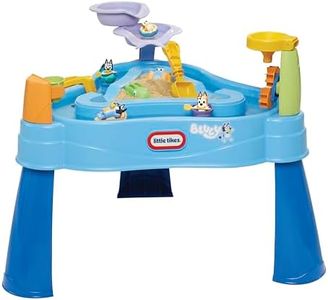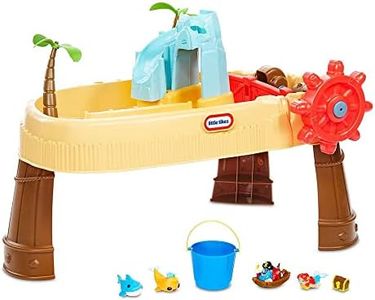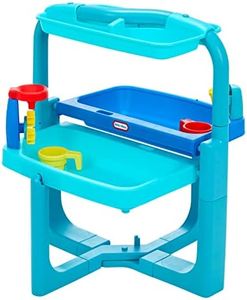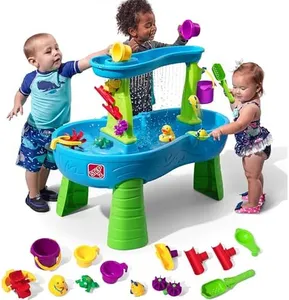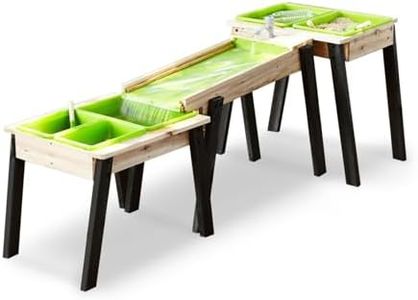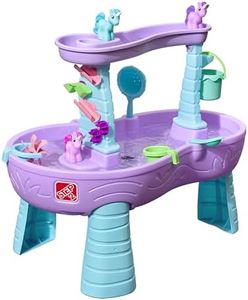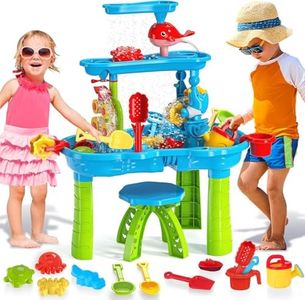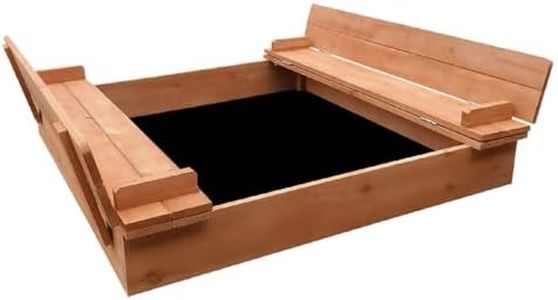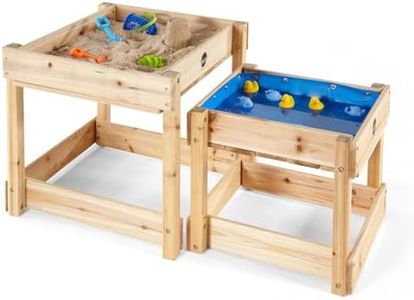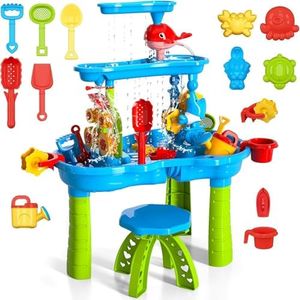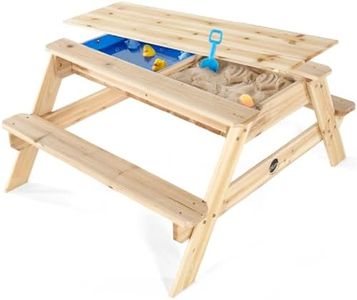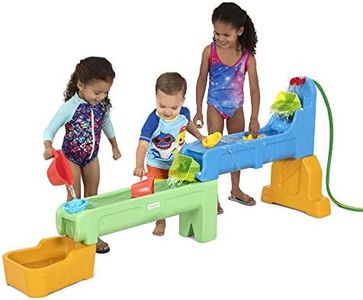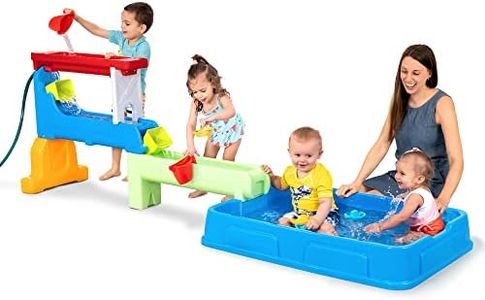We Use CookiesWe use cookies to enhance the security, performance,
functionality and for analytical and promotional activities. By continuing to browse this site you
are agreeing to our privacy policy
10 Best Kids Water Tables
From leading brands and best sellers available on the web.Buying Guide for the Best Kids Water Tables
Choosing a kids’ water table can be a fun experience, but with so many options, it’s important to know what to look for. Water tables are designed to give children hands-on playtime that can involve splashing, pouring, and learning basic science concepts. To pick a water table that suits your child and your space, consider their age, play styles, available space, and how many children will be using the table at once. By understanding the key features, you’ll be able to find one that matches your child’s interests and your family’s needs.Size and HeightThe size and height of a water table indicate how much play area your child will have and how comfortable it will be for them to reach and interact with the table. Generally, lower tables are suited for toddlers, while taller tables are better for older preschoolers. If you have more than one child or want to allow for friends or siblings to play, a larger table gives everyone room. To choose the right one, look at your child’s height and age and think about whether they will use it sitting or standing. Make sure the table is at a comfortable level for them to reach the water and toys without straining.
Material and DurabilityMost kids’ water tables are made from sturdy plastics that can withstand outdoor use. Durability is important because the table will be exposed to water, sun, and sometimes rough play. Thicker plastics and solid connections between parts help ensure that the table lasts through multiple seasons. When considering material, check for UV resistance if the table will be outdoors often, and look for smooth edges and rounded corners for safety.
Water CapacityWater capacity refers to how much water the table holds, affecting both the weight and the amount of play it enables. Small-capacity tables are easier to fill and drain, making them good for quick setup and smaller kids, while larger-capacity tables provide deeper water for more floating toys and activities. When choosing, consider how much time you want to spend setting up and draining the table, and where you’ll be placing it—bigger isn’t always better if it’s hard to manage.
Play Features and AccessoriesWater tables often come with a variety of built-in features like slides, scoops, spinning wheels, or themed accessories. These extras add to the fun and developmental value, such as teaching cause and effect or fine motor skills. Some are themed for pretend play, such as pirate ships or animals. Consider what excites your child: do they like pouring, splashing, or imaginative play? Select a table that matches their interests and promotes the types of play you want to encourage.
Ease of Cleaning and MaintenanceKeeping a water table clean is important for your child’s health and for the table’s longevity. Tables with smooth surfaces, removable parts, and easy-to-open drains are much simpler to maintain. If you plan to leave the table outside, look for options that are easy to rinse and don’t trap dirt or mold. Think about how much effort you want to put into cleaning, and choose a table that makes this easy.
Portability and StoragePortability refers to how easily you can move, empty, and store the water table. Lightweight tables or those with collapsible legs are easier to put away or move from the yard to storage. If you have limited space or want to use the table in multiple places, consider how well it fits through doors and whether it disassembles easily for storage. Pick an option that works with your available storage space and how often you plan to move it.
